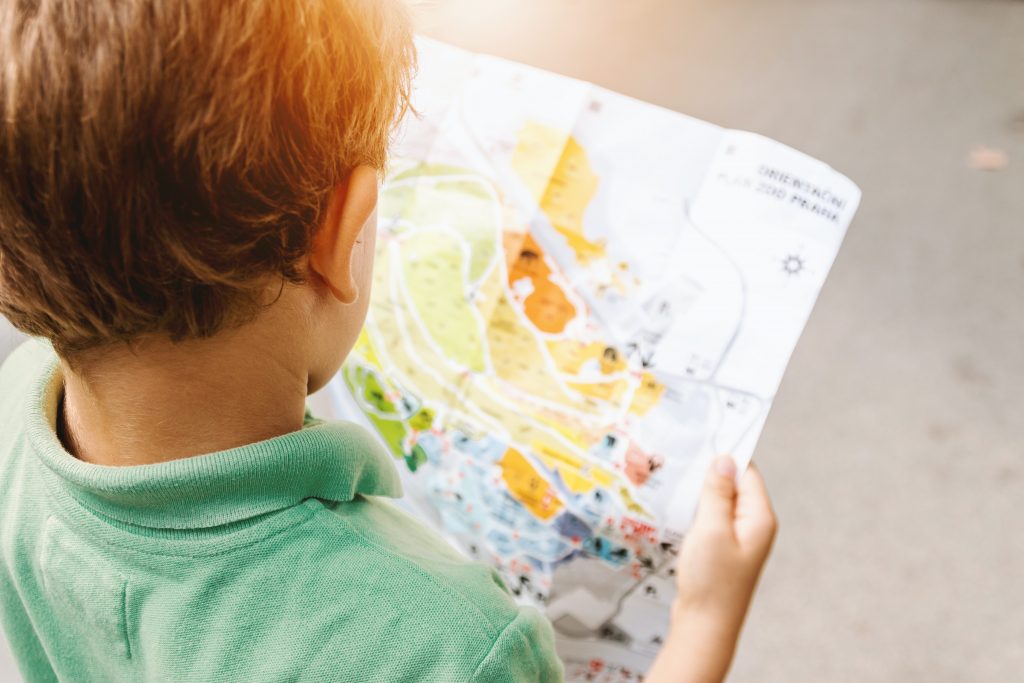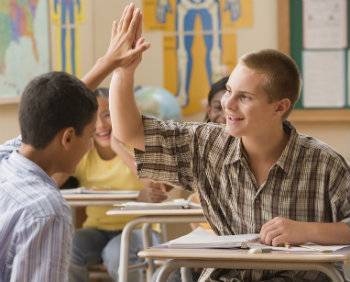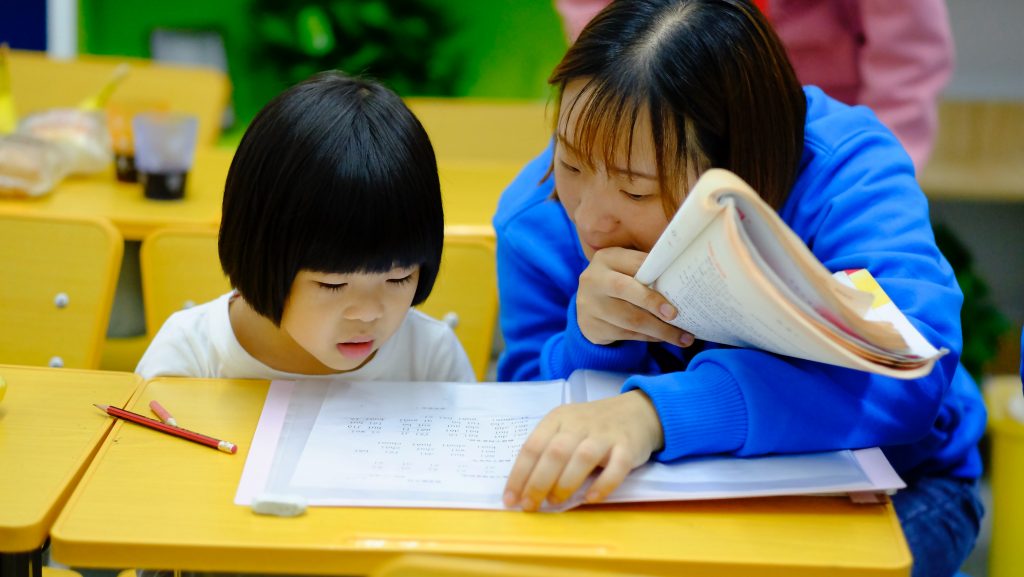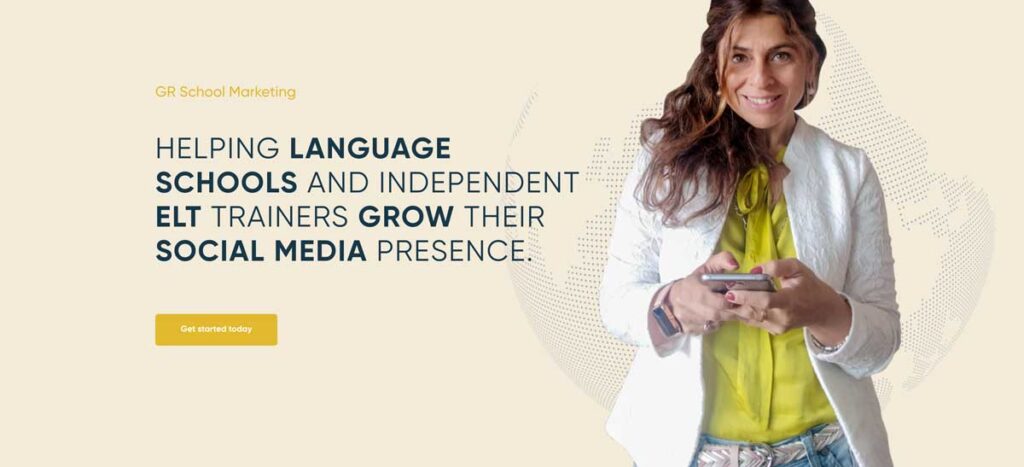Take amazing school photos for social media
Making sure you have amazing school photos is key to attracting prospective students and parents to your social media networks and helping you stay top of mind with them. Using stock photos can be a quick solution but you run the risk of looking exactly like everybody else on the feed. As a result, you are less likely to attract new students and start engaging with them which is what you want on social media.
Using your own photos allows you to have a more personalized feed helping you reflect your own style, character and uniqueness on social media.
… And yes, YOU can do it! You don’t have to be a professional photographer or hire one to take lovely images that convey your story and how you work on social media. It is enough to master the basics and think about how you can do it differently.
To start with, let’s consider this:
“Social Media is not a media. The key is to listen, engage, and build relationships”
David Alston
So bearing in mind that social media is about being social, this will be your main focus when taking school photos for social media. For this reason, it is necessary to aim for shots that inspire, trigger emotions and tell a story that your community will relate to or want to know more about. What’s more, consider also that social media posts with images that convey what makes your school special should outweigh posts giving information. A little thinking and planning around these points will help you when deciding what to photograph and what to post for your language school’s social media.
Camera or smartphone?

Cameras are great for quality but considering that you are taking photos for your social media network a smartphone will do the job really well for you too. Consequently, the decision is up to you and based on how you feel more at ease with it. Personally, I prefer to use my smartphone because it is handy, light and it allows me to save photos in folders. All in one place! If you choose to use the phone for your school photos, then delete obsolete photos regularly keeping only the best ones so that they do not take up too much memory.
Check out what language school photographer, David Rose, says about the choice between a camera or a phone for taking photos for language school marketing:
Language School Photography: Back to basics!
These are the essentials you need to have in place to make a difference in your school photos for social media. Each point would need a blog article in itself but I am keeping it simple and to the point for you.
- ANGLES: Try shooting from different perspectives From above, from behind, from one side and then choose the shot that is more fun or unusual. Choosing different angles instead of shooting upfront not only makes your subject more interesting but also allows you to safeguard privacy when necessary. As an example, you may take a picture of a student from above while he is doing a class activity. This means that their face will not be seen.

2. LIGHTING: Light can enhance your photo or it can ruin it, too! Make sure you don’t have a window or a spotlight behind your subject as this will make it dark. If that happens try taking the pic from another angle to avoid the contrast created by the window behind. Also, when shooting indoors make sure there is plenty of natural light and if necessary, switch on the lights to reduce shades. Remember that once you have taken the photo the lighting can be adjusted on the phone too. Have you checked where the option is on your phone?
3. RULE OF THIRDS in Language School Photography: Imagine a grid over your photo that divides the pic into nine equal parts by two equally spaced horizontal lines and two equally-spaced vertical lines. Your subject should be placed along these lines or at their intersections.
4. BACKGROUND: Always pay attention to what there is in the background BEFORE shooting. You do not want objects or people behind your subject that take the attention off it. If the background isn’t ideal, then blur it with the “portrait” option of your phone. Some backgrounds will add an impactful effect to the photo. For instance, whiteboards with a nice lesson on them, the IWB with a fun activity on or a noticeboard displaying students’ work are fantastic backgrounds to have on your school photos for social media. So watch the background!
5. SHAPE: Make sure you choose the right shape and size for the social network where you’re going to post the photo. Instagram feed requires a square photo whereas the ideal shape for stories is vertical rectangular. You can always change the shape afterwards on your phone. Failing to match the right shape to the social network means that you can have part of the subject cut out.
6. FRAME: look for elements in the classroom or at the school that can work as a “frame” for the subject. This may be, for example, a door, an arch or a photo booth frame created by the students!
PRO Tip: Before you start shooting, make sure you clean your smartphone’s lens .
Stop the scroll!
With all the technicalities in place let’s consider how you will make those class photos stand out and sell your language courses on social media. In other words, let’s think about how you will stop the scroll and get students and prospective students to read your caption and follow your call to action. Please remember that:
“A picture is worth a thousand words”
Visual Storytelling
Visual storytelling is about making your school photos for social media unique to your school! Besides, it is important to consider what your prospective students would find useful to know about you. Also, think about what prospective students or parents need to be reassured about to decide to enrol in your school. Do they need reassurance about space, resources, and teachers? To help you analyze that and generate social media posts relevant to your school check this article. In the meantime:
Here are 10 quick options for you to prepare your visual storytelling:
- Students enjoying a class activity, e.g a game, pair work, role-play
- Up-to-date learning resources like tablets or interactive whiteboards
- Innovative teaching styles or scenarios like hybrid lessons,project-based lessons or presentations
- Displays of students’ work
- Recent improvements to the building or facilities
- Teachers and students working during lessons
- School’s facilities, for example: conversation corner, library, coffee corner and so on.
- Behind the scenes e.g teachers planning, teachers doing professional development.
- Sneak peeks.
- School staff working to make the school a great place: e.g the cleaner, the admin person

Pro TIP: Photos with people are more popular and tend to have more engagement than photos without, especially on Facebook (of course!). Try always to include a person in the pic and show your face too! At the end of the day, it is very much about you as well. For more ideas of what content to share through photos download Generating Social Media Post Ideas worksheet.
“One thing you should always focus on improving is the quality of your images. After all, this is what really speaks to your followers”
digistorm
More attractive school photos
On top of telling your story on social media, your photos should also inspire, trigger emotions, be fun and celebratory. There are so many ways of conveying this. Here are some ideas:
Instead of a pic of the whole class looking at the camera why not try a pic of the whole class from behind with students raising their hands! It shows they’re engaging!
Instead of a photo of the teacher with the whole group, try a pic of the teacher close to a student helping them. It means you support students and that you care.
Instead of shooting a small group of students facing the camera try using prompts like the coursebooks, devices or realia used in class. This will show the great resources you use.

Ready, steady, snap!
I have covered the basics, listed some ideas for your visual storytelling and added some Pro Tips. So… all you need to do now is to start practising. After all, practice makes perfect!
Before shooting observe your school, and your classrooms and think about what could make a good background, where you have good natural light. Don’t forget to add your logo or your school’s name on the photo too. You can do this on your phone, Powerpoint or on Canva (referral link).
For more tricks, watch the recording of my Live Chat with Laura Fernandez, a freelance teacher and content creator, where you can learn some more tricks. It’s divided into two parts: Part 1 and Part 2 (about 20 mins each).
Say cheese!!!
Pssst….If you know someone who would benefit from this article, please consider forwarding it to them. Thank you!

Stop wasting time thinking about what to do with your social media. Contact me for a free 20-minute consultancy chat to understand where you need to improve or email me at hello@grschoolmarketing.com


